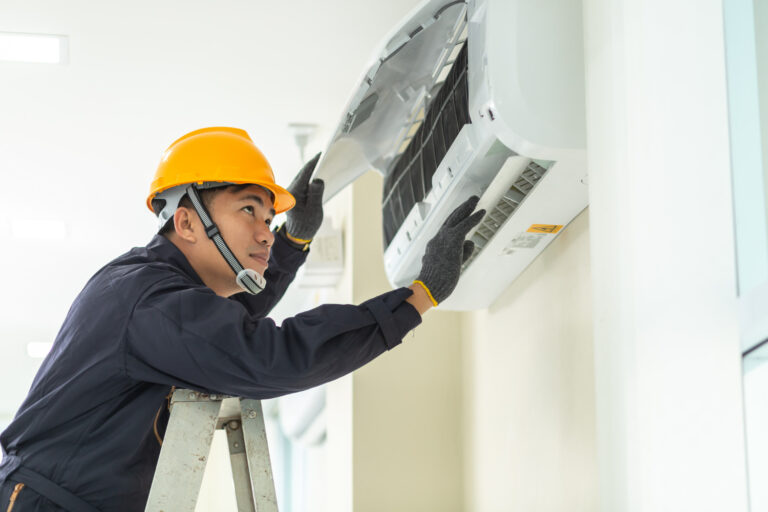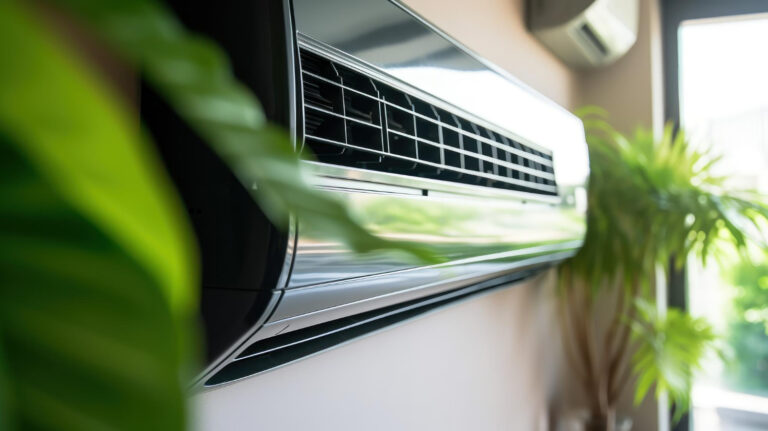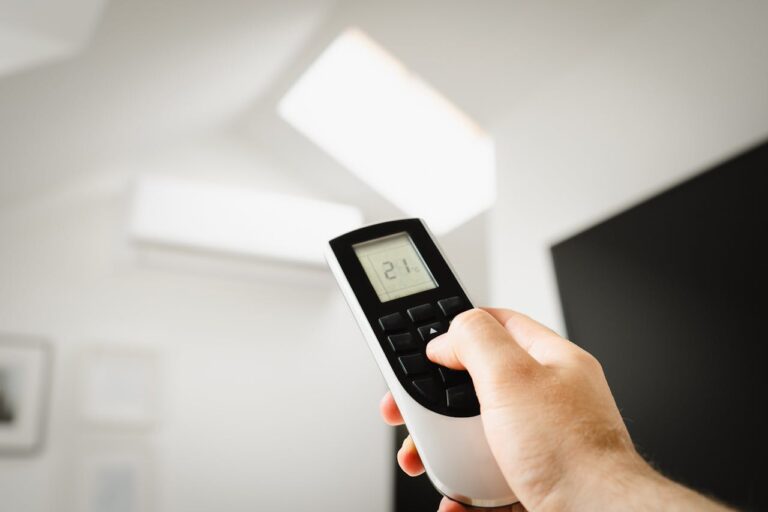Reversing Valves For Heat Pumps And Their Control Designation
The most significant quality of a heat pump is its ability to cool and heat the room. These features separate it from the central AC and heater. The heat pump absorbs the indoor heat to expel it outdoors, whereas it can also extract outdoor heat to pump it indoors.
Are you wondering how a heat pump is able to switch between heating and cooling modes? The answer lies in the reversing valve, an essential component of the system. In fact, if the reversing valve becomes damaged, you may need to look for a heating repair or heating replacement in Bakersfield. Let’s see how the reverse valve functions and how to control it.
Role Of The Reverse Valve In The Heat Pump
The reverse valve is a 4-way valve because it has 4 ports. The top port receives the refrigerant, while the other three bottom ports direct the refrigerant. From its name, it is clear that it reverses the flow of refrigerant in the coolant supply valve.
It contributes to the heat pump’s heating, cooling, and defrost cycles. It has two states, energized and relaxed. The relaxed mode is the default mode of the heat pump, whereas the energized mode activates when a 24-volt current is applied to the relaxed state to reverse the refrigerant flow.
When the reversing valve is faulty, it does not switch to energized state and will require you to have a heating repair Bakersfield.
How Does the Heat Pump Reversing Valve Work?
A solenoid coil is located near the compressor and attached to the refrigerant inlet and outlet. It helps switch the heating and cooling modes according to the control settings.
The evaporator changes the hot refrigerant into vaporized form and transfers the same to the condenser coil to release the heat outside. This process gets reversed for heating purposes.
When the reversing valve is energized for heating, the refrigerant condenses in the indoor evaporator coils and evaporates in the outside condenser coil. The reversing valve redirects the refrigerant flow toward the evaporator instead of moving it toward a condenser during winter.
When the outside temperature is too low, the moisture freezes on the evaporator surface and forms ice. This ice build-up will obstruct the airflow and lead to repairs or heat pump service Bakersfield.
The defrost cycle starts when the reversing valve is energized to cooling mode. Therefore, the valve directs the hot refrigerant to the evaporator, and the heat melts the ice on the indoor coil surface. This reversing valve is used for defrosting, cooling, and heating.
Control Designation of Reversing Valve
The control designation of the heat pump reversing valve depends on the manufacturer. There are usually two ways to control the state of the reversing valve.
- Thermostat terminal: There are O and B terminals on the thermostat. The O terminal suggests cooling, and the B terminal is for heating purposes. Most heat pumps are set to heating by default, whereas some HVAC manufacturers like Bosch and Ameristar have a cooling mode as the default or relaxed state.
- Control wiring: The other control designation of the reversing valve is traditional control wiring. It is more common in the heat pump installed with a gas furnace. A faulty reversing valve of the heat pump installed with a furnace can also require you to need furnace repairs Shafter. The control wiring is located in the defrost control board. It has a W1 wire to energize the compressor for cooling and W2 wire for heating. The defrost cycle starts when the defrost sensor closes due to ice build-up on the coils.
The Final Word
The issue with the reversing valve can shut down the heater and contribute to an expensive heat pump and furnace repairs Bakersfield. If your heat pump or furnace is not working, you should contact Greer’s Banner Air for an inspection and repairs. We are certified by NATE, ACCA, and BBC. Contact us today at (661) 322-5858 to schedule an appointment or for more information.







